We are now a full two weeks into the 2020-21 Calgary Flames season, and while it’s not the biggest sample size, I think we have seen enough of the team’s new additions to form a decent first impression and grade the impact they’ve had so far. As we shine the spotlight on the fresh faces in the lineup, a very distinct trend is emerging. So far, there has been overwhelming evidence that suggests the newcomers paid to keep the puck out of the net are having the most success, while the newcomers paid to put the puck into the net… well, not so much.
Jacob Markstrom: A
Markstrom was the club’s biggest free-agent signing in the offseason and so far, the big Swede has certainly delivered. Signed to a six-year, $36 million contract, the six-foot-six netminder could finally be the permanent solution the Flames have been looking for since the legendary Miika Kiprusoff retired in 2013. Markstrom gives his new team a chance to win every time he suits up. Remember when he singlehandedly preserved a single point in the Flames’ season opener when he absolutely robbed the Jets’ Mark Scheifele late in the third period?
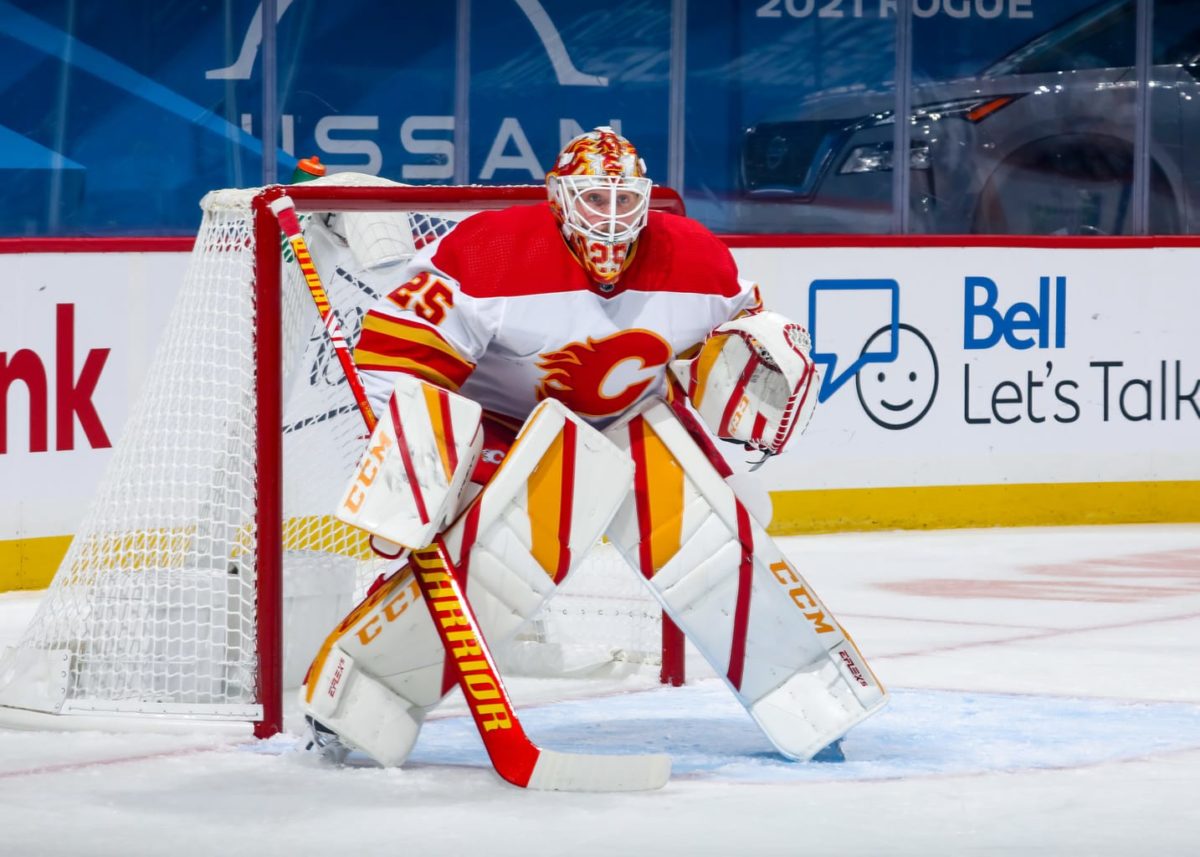
After five consecutive starts, Markstrom already has his first shutout of the season, a 2.62 goals-against average (GAA) and a .911 save percentage (SV%). These very solid numbers actually could be a whole lot better, as the 30-year-old netminder has suffered a disproportionate amount of bad luck.
Since his opening night OT loss to the Jets, a good chunk of the goals against Markstrom have either taken a funny hop, knocked in off a skate, or were deflected past him by a teammate. Despite letting in four goals in the loss against the Leafs on Tuesday night, the Flames probably couldn’t ask for much more from their new number one goalie.
Chris Tanev: A-
Ask the Vancouver Canucks if they’d like to have veteran Tanev back patrolling their blue line right about now. As his former team struggles mightily on defense, the Flames’ newest addition to the back end has been incredibly consistent and a steadying influence on his new partner Noah Hanifin, who is playing some of his best hockey since joining the Flames. Officially listed as the team’s second pairing, Tanev/Hanifin have actually been the squad’s best duo.
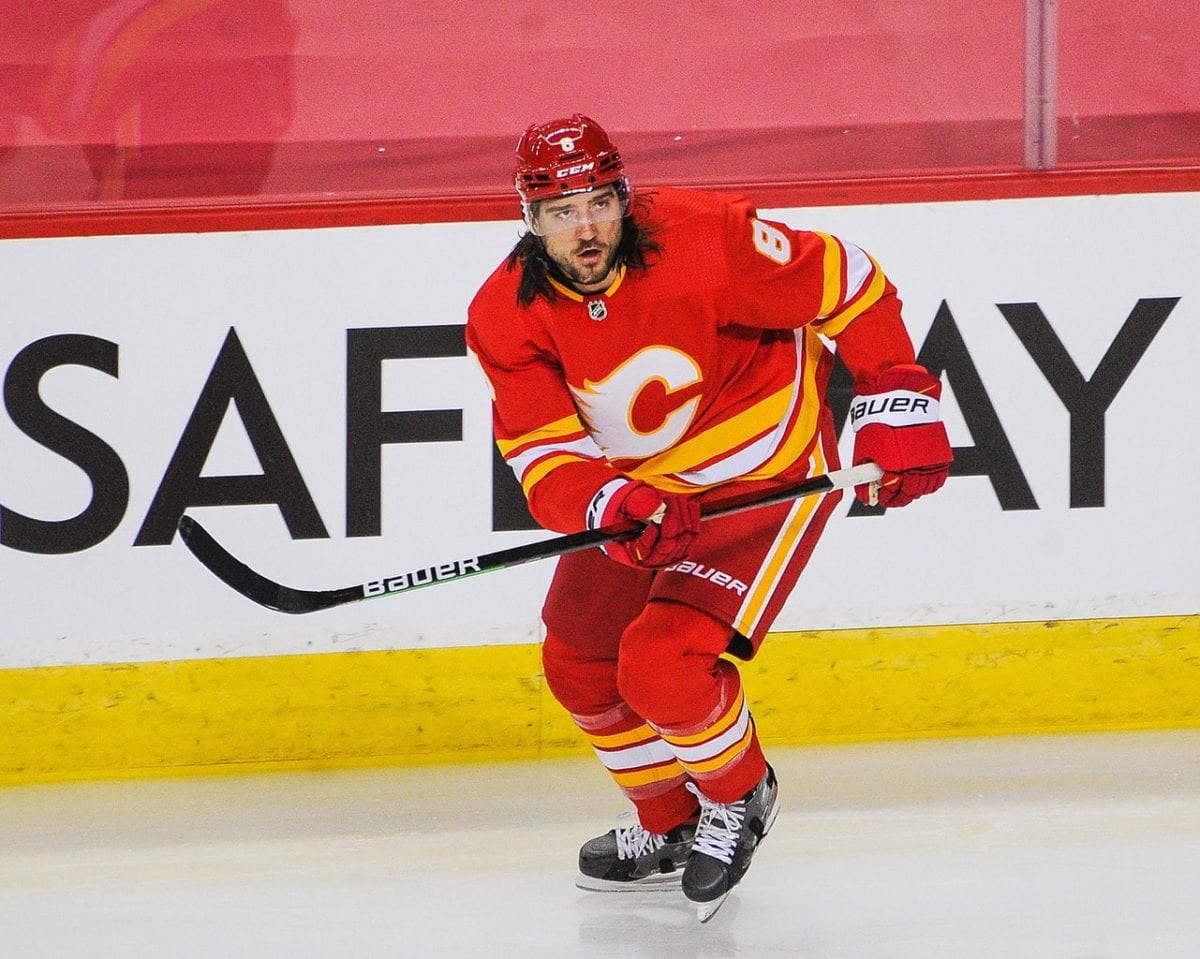
While not expected to generate much offense, Tanev has shown he will sacrifice his body to keep the puck out of the net. The former Canuck showcased his elite shot-blocking ability during Calgary’s 3-0 win over Vancouver in the first week of the season, helping kill off a critical 5-on-3 when the Flames were clinging to a slim 1-0 lead. I don’t think Tanev could have had a much better start to his tenure in Calgary but with a history of injuries, we will have to see how long it lasts.
Juuso Valimaki: B+
I know, it’s a bit weird to call Valimaki a “newcomer”, as he did suit up for the Flames 24 times in the 2018-19 season before a freak ACL tear while training in the offseason completely derailed any chance of playing last year. However, the crafty defenceman is still technically considered an NHL rookie, and there’s even been chatter the 22-year-old could see Calder Trophy consideration. (from ‘Eight reasons Flames defenceman Juuso Valimaki will win the Calder,’ The Athletic,12/31/2020)
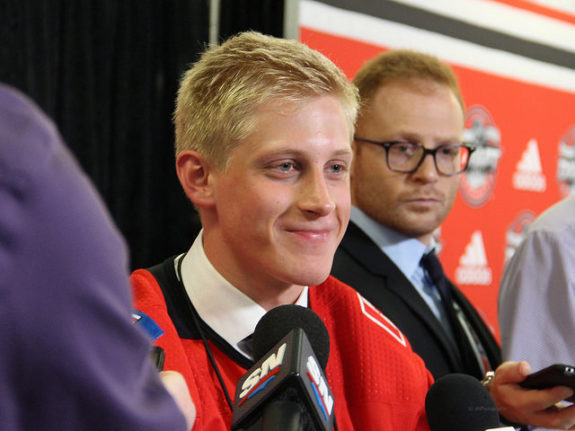
Fresh off of a dominant stint in the Finnish elite league, Valimaki has hit the ground running this season. He has shown great poise by confidently jumping into the rush, and by proving he can quickly get back into position if those rushes don’t pan out. Make no mistake, Valimaki has made some rookie blunders, but his calmness when dealing with those flubs has really stood out. Another reason for his early-season success has been the effective partnership he’s formed with the next newcomer on the list.
Nikita Nesterov: B
Nesterov last skated in the NHL with the Tampa Bay Lightning and Montreal Canadiens in the 2016-17 season, then opted to play three years in the KHL with CSKA Moscow, where he played a big role in winning a championship with them.
Heading into Flames training camp, I would have bet the farm that Nesterov would start the season as the seventh defenceman, or even on the taxi squad. He proved me and all the other naysayers wrong by impressing head coach Geoff Ward enough to beat out Oliver Kylington to earn a spot in the season opener alongside Valimaki.
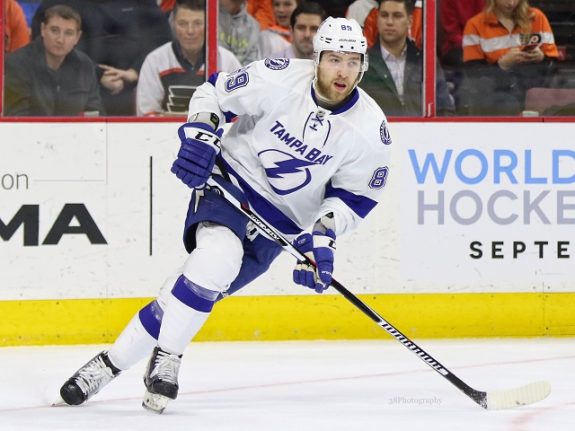
While it’s still early, the reviews of the Nesterov/Valimaki pairing have been very positive. The dynamic duo has been trusted with both even strength and penalty kill situations, and with the exception of one shaky performance against the Leafs Tuesday night, they have outperformed all expectations.
While a majority of their shifts start in the offensive zone, they have proven they can create chances and maintain possession, which has resulted in the pair spending most of their time on the attack. While not as flashy as Valimaki, Nesterov has been very good and has helped to create some unexpected depth on the Flames’ blue line.
Joakim Nordstrom: C+
It might seem a little odd to grade Joakim Nordstrom slightly ahead of the other new forwards on this list, as he has only played three of five games this season. But, you have to understand why the Flames signed the 28-year-old Swede in the first place. With the departure of both Mark Jankowski and Tobias Rieder, this team suddenly needed some big-time help on the penalty kill.
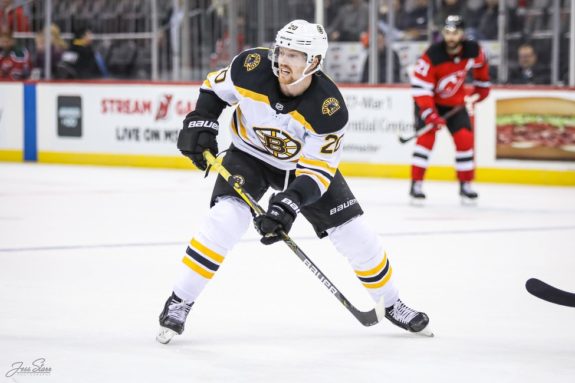
A veteran of over 400 NHL games, Nordstrom was a fixture on the Boston Bruins’ penalty kill last season, averaging almost two minutes of PK time per game. So far, he’s been deployed on the Flames’ fourth line with center Derek Ryan and he’s been solid when utilized on the penalty-killing unit. The fact that I haven’t really noticed him when he’s on ice tells me Nordstrom is likely doing the defensive-minded job he was brought in to do, but he’s not adding much else.
Josh Leivo: C
While nobody thought Josh Leivo would be a world-beater when the Flames signed the 27-year-old in the offseason, there were hopes that he could add some depth to the squad’s top nine forwards and create some chemistry with Mikael Backlund and Andrew Mangiapane. While playing with the Canucks last season, Leivo proved he could play up and down the lineup, even finding some success skating alongside the team’s top players – like Elias Petterson, Brock Boeser and Bo Horvat.
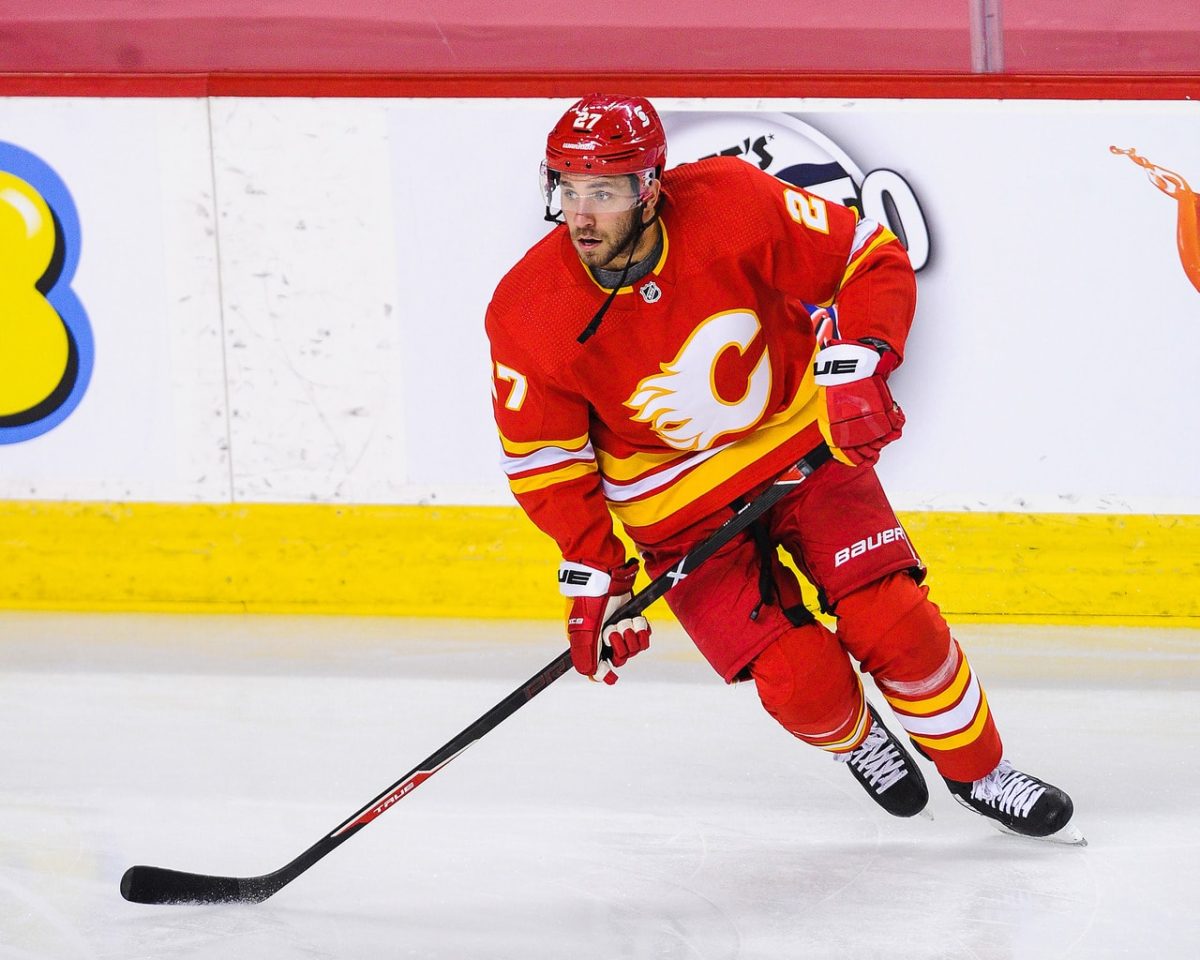
So far, we haven’t seen that promising performance replicated here in Calgary, as Lievo has only registered a single point in five games played. He did see some time on the Monahan line early in the season, but that experiment didn’t last very long.
Lievo will have to find a way to show the coaching staff that he deserves to stay in the Flames’ top nine, but getting demoted to the fourth line midway through the Flames 4-3 loss to the Leafs on Tuesday night was not a good sign. I’m not sure how many more chances he’ll get before Ward permanently shuffles the underperforming winger farther down the depth chart.
Dominik Simon: C-
After being a healthy scratch for the season opener, Simon has yet to score a point and has struggled to find his footing in the Flames line-up. For brief moments, he has actually meshed well with new linemates Sean Monahan and Johnny Gaudreau, like in the second period of the Flames’ 5-2 win over the Canucks on January 18th. However, Simon couldn’t keep that momentum going and was punted off that line during Calgary’s 3-2 loss to the Leafs this past Sunday, finishing the game with the lowest ice time on the team.
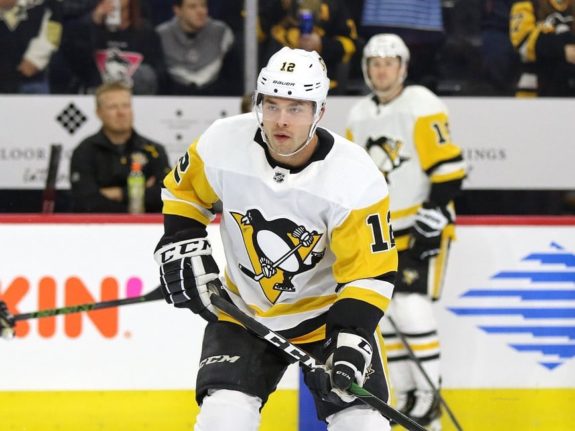
Simon is no stranger to playing on a top line, as he enjoyed skating alongside Sidney Crosby for stretches of the 2017-18 and 2018-19 seasons while with the Pittsburgh Penguins, so the Flames coaching staff will likely give the 26-year-old Czech a few more chances to click with “Johnny and Mony”.
But, with a compressed 56-game schedule, the clock is definitely ticking for the team’s new forwards to prove themselves. If Simon and Leivo can’t find a way to make a real impact in the top nine soon, we can expect the coaching staff to look at other forward options in the taxi squad to shake up the roster.